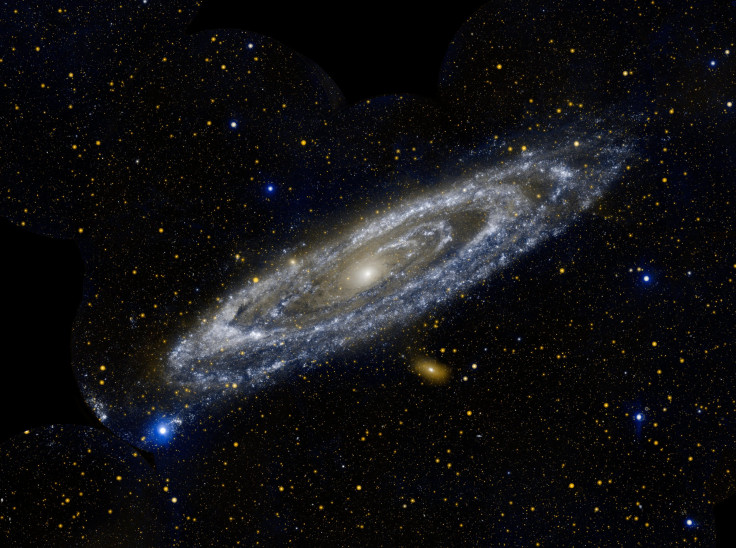Hubble Shares Photo Of Massive Galaxy On Collision Course With Milk Way

KEY POINTS
- Hubble shared the sharpest and most detailed photo of the Andromeda Galaxy
- The Andromeda Galaxy will collide with the Milky Way in 4.5 billion years
- Milky Way will merge first with the Large Magellanic Cloud
NASA and the European Space Agency’s Hubble Space Telescope recently shared a detailed image of the massive galaxy that’s expected to collide with Earth’s neighborhood. According to scientific reports, the collision between the galaxies will happen billions of years from now.
The galaxy featured in Hubble’s photo has been identified as Andromeda, which is Milky Way’s largest neighbor. Currently, it lies about 2 million light-years from Earth.
According to NASA, the photo captured by Hubble features a mosaic of 7,000 exposures. It is currently the sharpest and most detailed image of the Andromeda Galaxy ever taken. As noted by the agency, the photo features the galaxy’s central hub, which appears as a bright region on the left side of the image.
Extending from this central region are the lanes of stars residing in Andromeda. The image also contains the galaxy’s star-forming regions filled with gas and dust. These areas appear with a bluish hue in the photo.
“Hubble traces densely packed stars extending from the innermost hub of the galaxy seen at the left. Moving out from this central galactic bulge, the panorama sweeps from the galaxy's central bulge across lanes of stars and dust to the sparser outer disk,” NASA said in a statement. “Large groups of young blue stars indicate the locations of star clusters and star-forming regions.”
As noted by NASA, the Andromeda Galaxy is currently moving towards Milky Way at a speed of about 68 miles per second. At this rate, the two galaxies are expected to collide with one another in about 4.5 billion years.
Although both galaxies are rich in stars, scientists believe that the stellar objects from Andromeda and Milky Way will not individually collide. This is primarily due to the distances between the stars of each galaxy. Instead, the massive collision, which will then be followed by a merger of the two galaxies, will eject some of the stars out of the newly formed cosmic structure.
Before Andromeda smashes into Milky Way, the latter will first go through another collision with one of its galactic neighbors. According to scientists, in about 2.5 billion years, the Large Magellanic Cloud will collide and merge with the Milky Way.
© Copyright IBTimes 2025. All rights reserved.




















